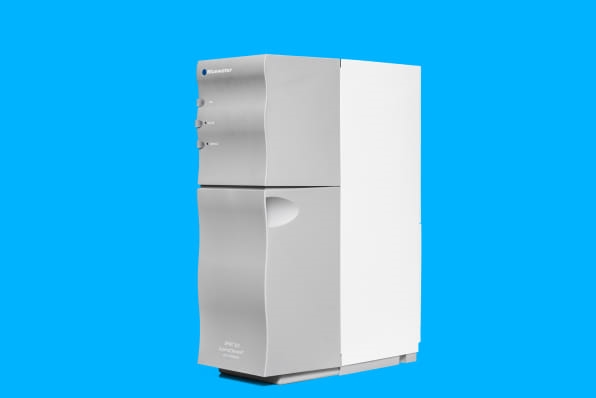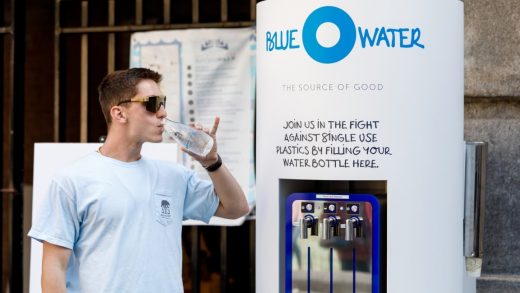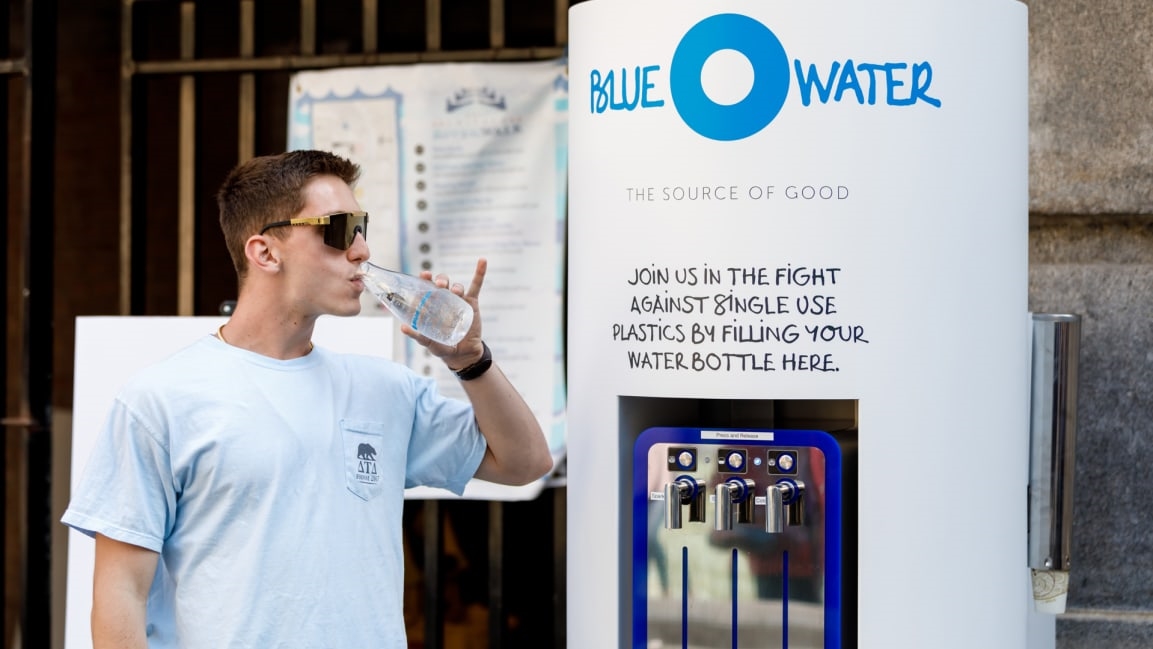Plastic bottles can’t be the only replacement for contaminated drinking water
The water contamination crisis in Flint, Michigan, began in 2014 and persists to this day–and for many, was a wake-up call to the degraded state of public water infrastructure in the United States. As many as 12,000 children were exposed to lead, which will contribute to health issues throughout their lives.
But contaminated water is far from limited to Flint. In 2017, Reuters identified 3,810 neighborhoods in the U.S. where childhood lead poisoning rates were at least double those found in Flint. The water technology company Bluewater, which develops water purification systems, conducted a survey earlier this year which found that about one in three people reported experiencing water contamination issues in the past two years. And as U.S. water infrastructure continues to age, water bills will become more expensive; Michigan State University researchers estimate that by 2020, one-third of Americans will not be able to afford clean water for drinking, bathing, and cooking.
Without reliable water from their pipes, people can be forced to rely on bottled water as their main supply. Flint, for instance, accumulated over 100 million plastic bottles in just three weeks in 2016, after the city declared a state of emergency.

In its survey, now in its second year, Bluewater also asked people about their plastic water bottle consumption habits. Even though the percentage of people who reported dealing with water contamination issues rose slightly from the 2018 survey, the proportion of people who reported drinking more than five water bottles per week dropped from 33% in 2018 to 22% this past year. Even as water quality issues persist, people are becoming less willing to resort to plastic water bottles as a solution.
This is a good thing, says Bluewater president Anders Jacobson. Worldwide, people are expected to consume more than half a trillion plastic bottles by 2021, and less than a quarter of them will be recycled. Plastic bottles often end up in oceans and waterways, where they break down and end up contaminating the supply. In that sense, they contribute to the very problem people often rely on them to solve. “A global health epidemic is slowly unfolding around the planet under the weight of single-use plastics that are breaking into microparticles in our oceans, rivers, and lakes and entering our water and food systems,” Jacobson says.
Growing awareness around the problem of plastic pollution in the last year, Jacobson says, has made people more amenable to change their consumption patterns to address it. “Market research has shown that millennials favor eco-friendly choices and are prepared to make substantial lifestyle changes to create and sustain a healthier way of living,” he says.
Shifting away from plastic water bottle dependency, though, is not as easy as telling people to pick up a reusable bottle (although Bluewater’s survey found that one in five people already do). People struggling with water quality issues want to see their governments provide drinkable water options that do not contribute to the plastic pollution crisis. In Flint, for instance, the city is at work replacing the corroded pipes that caused the high levels of lead in the water–a slow process that will require outreach to residents and much work to re-establish trust with the system.
Technology like Bluewater’s has a role to play, as well. It develops purification systems that use the process of reverse osmosis (a relatively common tactic that relies on a membrane to remove pollution particles from water) to deliver potable water. In communities like Flint, and places like South Africa and the Swedish island of Sandhamn, where clean drinking water is in short supply, Bluewater is rolling out public “hydration stations” where people can refill reusable bottles with treated water from sources like rivers and seas. On top of systemic solutions like better municipal pipes and water systems, hydration stations like the ones Bluewater is rolling out can help ensure that people in communities don’t have to be drinking from plastic bottles.
(14)



